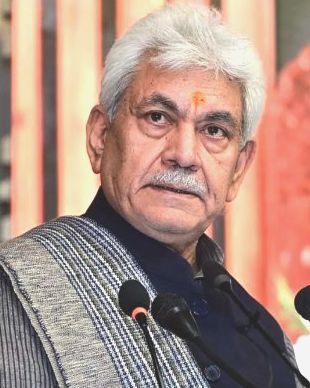The Ministry of Housing and Urban Affairs (MoHUA) has urged States and Union Territories to prioritize visible cleanliness under the Swachh Bharat Mission-Urban 2.0 (SBM-U 2.0). During a high-level virtual meeting chaired by Union Minister Shri Manohar Lal, in the presence of MoS Shri Tokhan Sahu and Secretary Shri S. Katikithala, the focus was on identifying and transforming Cleanliness Target Units (CTUs) to ensure cleaner and healthier cities.
PM Modi’s Vision for Clean India
Prime Minister Shri Narendra Modi reiterated that cleanliness is not a one-time effort but a generational movement. “Swachhata is a lifestyle, a mantra for life,” he said, calling for a continuous commitment to cleanliness across all levels of society. This vision sets the tone for the government’s focus on making urban areas visibly clean and free from neglected dirty spots.
Transformation of Cleanliness Target Units (CTUs)
Over 8 lakh CTUs were successfully transformed during Swachhata Hi Seva 2024, and the Ministry has now directed States to identify and prioritize neglected areas, dark spots, and legacy dumpsites. The CTUs will be mapped on the Swachhata Hi Seva portal to ensure transparency and monitoring.
Union Minister Shri Manohar Lal emphasized that urban development and cleanliness are two sides of the same coin. A time-bound framework has been prepared for the clearance and beautification of CTUs, with an emphasis on regular reviews, aggressive monitoring, and citizen participation.
Public Participation and Digital Tools
Cities are encouraged to actively promote the Swachhata App, which has over 2 crore registered users. The app allows citizens to report dirty spots with location and images, which are then automatically assigned to ward officials for resolution. Citizens receive updates at every stage, with a 7-day window to confirm or reopen complaints.
Collaborations for Cleaner Cities
Urban Local Bodies (ULBs) have been asked to collaborate with PSUs, private firms, CSR groups, NGOs, and startups to adopt and transform CTUs. This public-private partnership model will help accelerate results and bring innovation in waste management and beautification efforts.
Swachh Shehar Jodi (SSJ) Guidelines Launched
To build capacity and foster peer learning, MoHUA launched the Swachh Shehar Jodi (SSJ) guidelines. Under this initiative, 72 top-performing cities from Swachh Survekshan 2024-25 will mentor 72 low-performing mentee cities. Based on the ‘Each One Teach One’ model, this mentorship program aims to scale successful sanitation models across the country.
Focus on Solid Waste Management and Legacy Dumpsites
With just 12 months left to achieve SBM-U 2.0 targets, MoHUA urged States to focus on legacy waste management, set up Compressed Biogas (CBG) plants, and fast-track the remediation of dumpsites. Daily review and aggressive monitoring were highlighted as critical steps to make India’s cities Garbage Free by the mission deadline.
Conclusion
The government’s renewed focus on visible cleanliness, citizen participation, and systematic transformation of neglected areas marks a crucial step towards achieving sustainable urban development. With strong collaboration between States, ULBs, and citizens, the dream of cleaner, healthier, and more livable cities is closer to becoming a reality.






